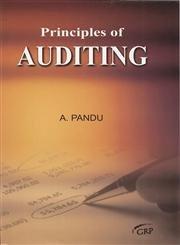ACCT 1080 Chapter 2 True/False Names 1) Liabilities are economic resources that are expected to benefit the business in the future 2) An accounts receivable requires the business to pay cash in future 3) A payable involves a future receipt of cash. 4) Unearned revenue is a liability account. 5) Debit refers to the right side of the T-account and credit refers to the left side. 6) An asset account is increased by a debit. 7) The Owner's Capital account is increased by a debit. 8) The normal balance of an account is the increase side of the account. 9) When a business records an expense incurred, the Expense account is credited. 10) A debit always means a decrease and a credit means increase 1) 4) 10) 11) Source documents provide the evidence and data for accounting transactions. 12) 13) 14) 12) Debits in the journal are always posted as debits in the ledgers. 13) The trial balance verifies the equality of debits and credits. 14) A trial balance summarizes a ledger by listing all the accounts with their balances at a point in time. 15) Data from a trial balance is used to prepare the three basic financial statements ACCT 1080 Chapter 2 True/False Names 1) Liabilities are economic resources that are expected to benefit the business in the future 2) An accounts receivable requires the business to pay cash in future 3) A payable involves a future receipt of cash. 4) Unearned revenue is a liability account. 5) Debit refers to the right side of the T-account and credit refers to the left side. 6) An asset account is increased by a debit. 7) The Owner's Capital account is increased by a debit. 8) The normal balance of an account is the increase side of the account. 9) When a business records an expense incurred, the Expense account is credited. 10) A debit always means a decrease and a credit means increase 1) 4) 10) 11) Source documents provide the evidence and data for accounting transactions. 12) 13) 14) 12) Debits in the journal are always posted as debits in the ledgers. 13) The trial balance verifies the equality of debits and credits. 14) A trial balance summarizes a ledger by listing all the accounts with their balances at a point in time. 15) Data from a trial balance is used to prepare the three basic financial statements







